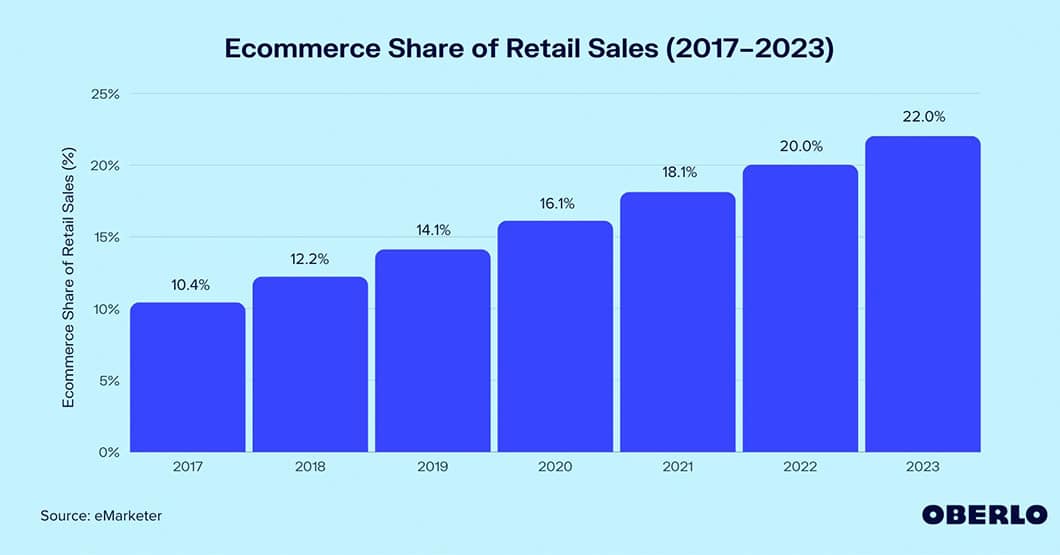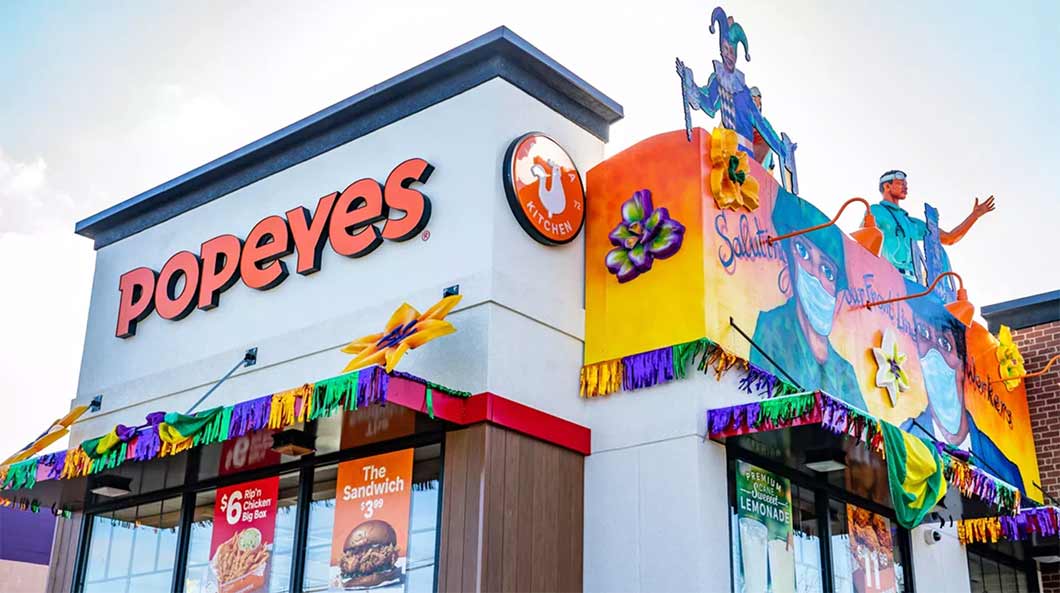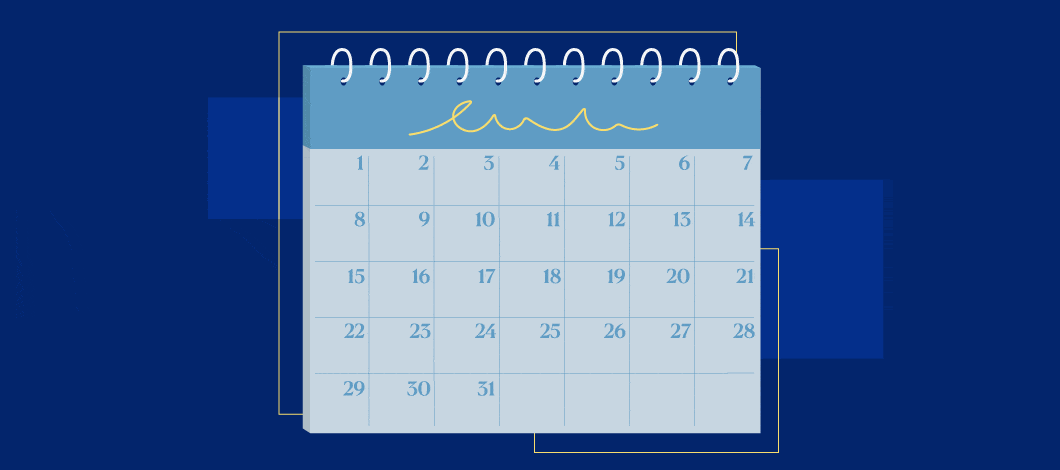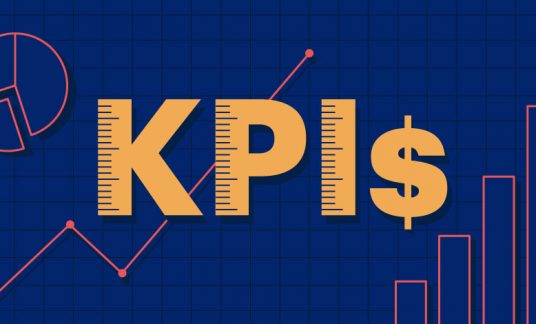For retailers, holidays are everything. Sure, you plan for “the big ones” – Black Friday and Cyber Monday. But are you creating a campaign for Earth Day? Back to school? Pi Day?
If not, you’re leaving money on the table, or the computer screen, as more than 20% of all retail sales took place online in 2022, according to Oberlo, and that’s going up every year.

Plan your retail marketing calendar ahead of time for the holidays listed below to maximize your profit all year long.
Holiday Marketing Retail Calendar for 2024
You probably already plan for the winter holiday season. But did you know Mother’s Day spending isn’t far behind Christmas numbers, totaling $31.7 billion in 2022? Easter spending is significant too, reaching $20.8 billion, according to the National Retail Federation.
What other holidays and notable dates could you include on your retail marketing calendar to appeal to new and existing customers?
| Retail Marketing Calendar Checklist | |
| January | New Year’s Day |
| February | Lunar New Year |
| The Super Bowl | |
| Valentine’s Day | |
| Presidents Day | |
| Black History Month | |
| March | Mardi Gras |
| Spring Break | |
| Pi Day | |
| St. Patrick’s Day | |
| April | Easter |
| Earth Day | |
| May | Mother’s Day |
| Memorial Day | |
| June | Father’s Day |
| July | Independence Day |
| August | Back-to-School Shopping |
| September | Labor Day |
| October | Halloween |
| November | Veteran’s Day |
| Thanksgiving | |
| Black Friday and Cyber Monday | |
| December | Christmas / Hanukkah / Kwanzaa |
| New Year’s Eve | |
January
New Year’s Day
You may think no one wants to spend money right after the holiday shopping season, but don’t forget about those gift cards burning holes in pockets.
Get customers back to your store in January by including a gift card marketing campaign on your holiday sales calendar to drive traffic in November and December. For example, on Black Friday, you could offer a $10 gift card or store credit with a $50 purchase, or a similar kind of promotion. Make the free $10 card valid from Jan. 1-31 only, encouraging people to either use it or lose it that month.
February
Lunar New Year
About 25% of the world, or 1 in 4 people, celebrates Lunar New Year, also known as Chinese New Year. In 2024, the holiday falls on Feb. 10.
Traditionally, red envelopes with cash gifts are exchanged as a sign of luck and prosperity for the New Year.
A great marketing calendar example of a Lunar New Year promotion involves the cosmetics retailer Sephora. The company developed a campaign featuring red imagery, and stores gave shoppers red envelopes with a discount for a future purchase.
To qualify for a red envelope, customers had to spend a minimum of $88, which is a nod to the number 8 being a lucky number in Chinese culture.

The Super Bowl
The actual phrase “Super Bowl” is a registered trademark, which means you legally can’t use it for advertising purposes — at least, without paying a lot of money to do so. That’s why you see so many brands using phrases such as “The Big Game,” “The Game,” “Super Game” or “Sunday’s Big Game.”
A substitute name for the big day and a graphic with a football will be enough to make your campaign make sense to the public.
Valentine’s Day
This one is self-explanatory. A few marketing ideas?
- Create a gift guide with your products. List ideas for significant others, moms, friends and others who may give or receive Valentine’s gifts.
- Offer complimentary gift wrapping services for purchases over a certain amount.
- Partner with other local shops to offer a giveaway contest on social media.
- Offer Valentine’s Day-only delivery service to make it easy to order online and send a gift to someone.
Presidents Day
Celebrated on the third Monday of February, this holiday can be a good way to switch out of “holiday” mode and get into the general spring spirit. You can run a simple sale to clear out the remains of last year’s inventory to make room for new products.
Black History Month
While combating racism is a year-round affair, February is a great opportunity to partner with and promote Black-owned businesses.
If you aren’t Black, focus on amplifying the voices of Black people within your community — perhaps your customers or vendors, or feature Black-owned businesses in your area.
It’s a good time of year to check over your company’s inclusion policies and ensure you’re living your values. Look at your website and social media channels. Are your product models or other photos showing people of all different backgrounds? If not, get to work and change that.
March
Mardi Gras
Showcase your company’s fun side with a colorful Mardi Gras marketing campaign. Use bright colors in email blasts and in-store signage to feature a sale, or you could go all out and host a contest. Raffle a trip to New Orleans and give an entry for every $50 a customer spends.

Spring Break
With kids out of school, families are out shopping or doing activities, so if you’re in a mall or near a tourist attraction, take advantage of that. Run a special Spring Break promotion, or simply increase your signage outside your store to draw in the larger-than-normal crowds that will be walking by.
Pi Day
Celebrated on March 14, Pi Day refers to the mathematical constant π (3.14). The holiday is all about eating a ton of pie, so partner with a local bakery to include a coupon for a pie with orders that day (or week).
St. Patrick’s Day
The classic Irish holiday on March 17 involves all things green. For a simple promotion, put everything green on sale, or offer 17% off.
April
Easter
Create a gift guide of your products for parents shopping for Easter baskets for their kids (toys, books, candy), or go a step further and put together premade baskets for customers to buy at bundled price points.
Earth Day
Showcase your commitment to the environment on Earth Day, which is April 22 this year. Match donations to an eco-friendly charity, or donate $1 from every sale that day to a charity and publicize that to your email list and on social media. Also promote it with in-store signage.
May
Mother’s Day
With Mother’s Day being such a high-traffic holiday, you’ll definitely want to take part. Even if your store doesn’t sell the typical gifts for moms (flowers, jewelry, etc.), try to put together something and market it specifically for Mother’s Day.
You also could partner with other local stores to offer a combined gift basket for customers to purchase, or host a social media giveaway contest where entrants have to follow both of your accounts.
Memorial Day
Often seen as the start of summer, Memorial Day is a great holiday to start your summer-themed marketing campaigns. For clothing stores, that could be as simple as showing summer looks in-store and online. Or, you can create a campaign honoring military members and veterans, and donate partial proceeds to a veterans’ charity.
June
Father’s Day
While people don’t historically spend as much on gifts for Father’s Day as they do for Mother’s Day, definitely add this holiday to your 2024 retail calendar. Send out emails with gift ideas for dads, or put together themed gift packs to make shopping easy.
July
Independence Day
This is a great holiday to feature promotions giving back to charities for veterans. Or you could simply offer a summer sale or 4th of July sale.
August
Back-to-School Shopping
You may want to add back-to-school shopping on the marketing calendar for your small business. If you sell anything families will need for the new school year, such as office supplies, clothing, shoes or electronics, you’ll want to start promoting these items in August for the entire month as parents gear up their kids to head back in September.
September
Labor Day
This is the last-minute school shopping time as well as the start of fall. Many are trading summer wardrobes for sweaters, cozying up their homes and thinking ahead to gift buying and holiday season entertaining. Focus your campaigns around those themes.
October
Halloween
Another great small business holiday for retail promotions is Halloween. Run a social media (or in-store) costume contest, or simply work the spooky imagery of the holiday into your marketing materials for that week.
November
Veterans Day
Veterans Day falls on Nov. 11 every year. You can add this date to your holiday retail calendar, perhaps offering a special sale that day or a promotional discount for current and former military service members.
Thanksgiving
Send a quick email to your customers to thank them for their support and wish them a relaxing holiday break. You also can hint at what your Black Friday sale will be like.
Black Friday and Cyber Monday
These two retail holidays could be their own post, but safe to say your biggest promotion of the year should be right here.
Keep in mind these holidays tend to be especially mobile-heavy. In 2021 alone, 43% of Black Friday sales reportedly took place via mobile.
All your campaigns should be optimized for mobile devices, but ensure your mobile user experience is fast and seamless for these promotions especially, or you risk losing customers to competitors with faster websites.
December
Christmas / Hanukkah / Kwanzaa
Black Friday may be over but don’t forget last-minute shoppers. Run a final holiday gift-buying campaign the week before these important holidays.
New Year’s Eve
Create a campaign around thanking your customers for another great year, or host an after-Christmas sale to push out inventory to start fresh for January.

3 Tips to Succeed in Retail Holiday Marketing
1. Create Your Campaign Ahead of Time
Of course you create your campaigns in advance, but do it long before you think you need to. Have your strategy mapped out 6 months prior if you can. This way, your marketing assets, such as email copy, in-store signage designs, website updates, social media graphics and ads, can be created well in advance of when they’re needed.
2. Research Your Competition
You don’t want to copy your competitors, but be aware of what they’re doing for holiday marketing. If you want to run a contest, check out what your competitors have done in the past and are currently doing. It can inspire you and give you ideas for strategies to work into your own campaign.
3. Include Holiday Dates in Marketing Plans
This sounds simple but can make a big difference. Include the actual holiday dates in all your marketing plans, from the high-level annual plan to the actual strategy for each holiday campaign.
It can be easy to get a date wrong for holidays that change, such as Lunar New Year. So don’t tell your staff to post that Instagram photo “on Mother’s Day,” for example. Tell them: “Post it on Mother’s Day, May 12, 2024.”
Save yourself from any potential issues by having all specific dates for scheduled content noted on your retail marketing calendar.
If You Fail to Plan, You Plan to Fail
Don’t leave money on the table with any holiday marketing opportunity this year. Plan new products, campaigns or promotions to launch for these holidays to ensure you have ample marketing momentum to take you through the year. Start preparing your holiday campaigns now, and get ready to rock your retail marketing calendar this year.
Related: How to Structure Your Content Calendar for Maximum User Engagement










